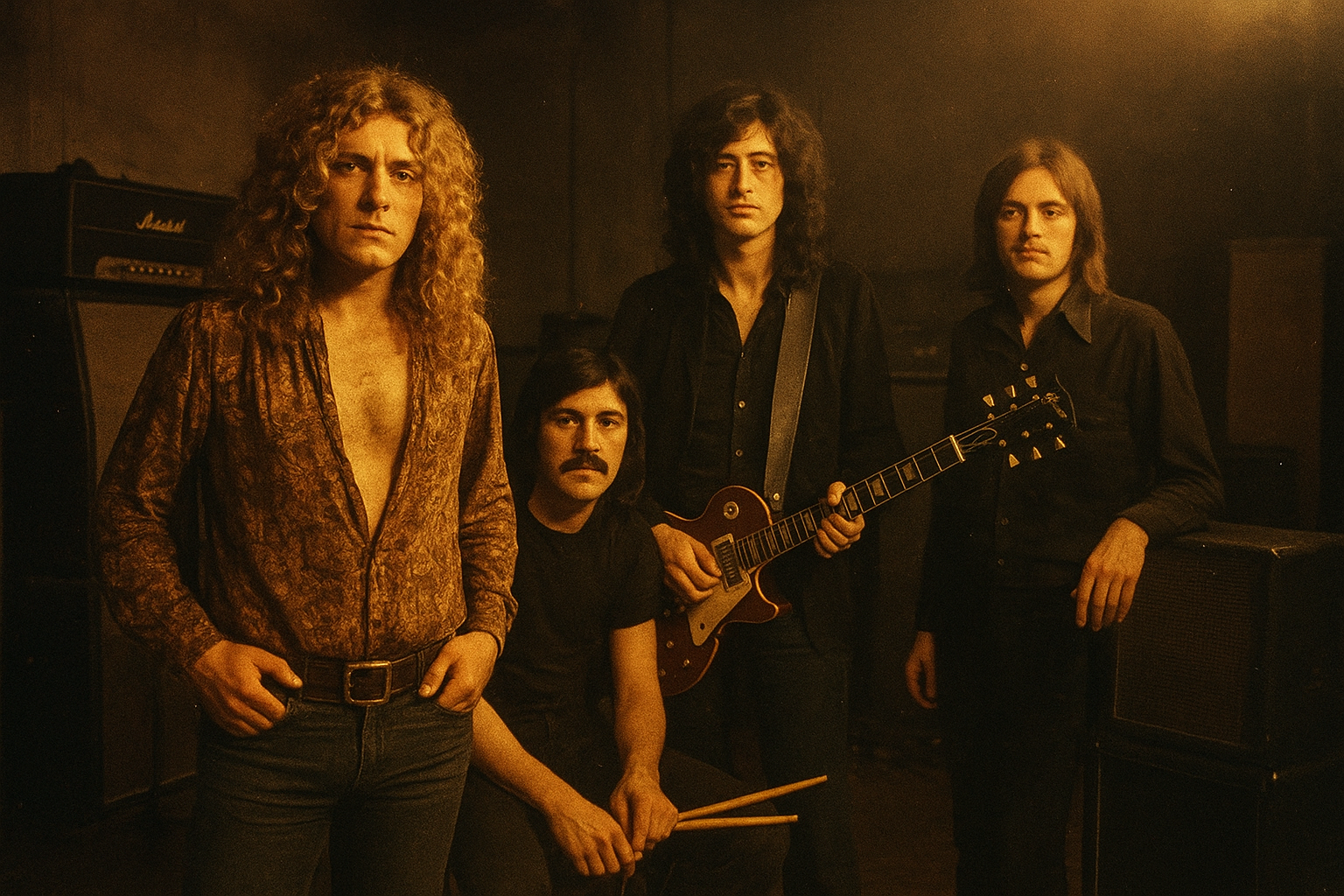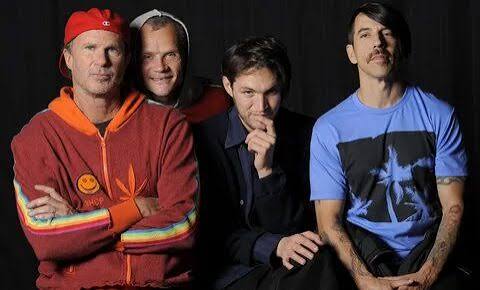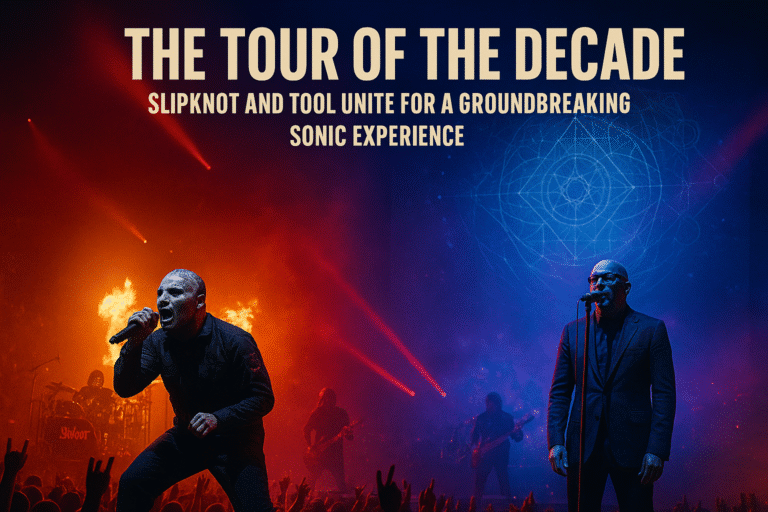
Few albums in rock history have managed to capture the raw energy, daring experimentation, and sheer musicianship that Led Zeppelin displayed on Physical Graffiti. As the band celebrates the 50th anniversary of this monumental double album, fans and critics alike are revisiting the record that many consider the group’s most ambitious and complete artistic statement. Released in 1975, Physical Graffiti wasn’t just another rock record — it was a sprawling masterpiece that redefined what an album could be, both in scope and sonic depth.
When Physical Graffiti hit shelves, Led Zeppelin had already conquered the world. With albums like Led Zeppelin IV and Houses of the Holy, they had built a reputation for electrifying performances and a groundbreaking fusion of blues, folk, and hard rock. Yet Physical Graffiti took things further. Recorded over a period of several years and across multiple sessions, the album’s two discs offered a kaleidoscopic journey through the band’s many identities — from thunderous riffs to acoustic meditations and cosmic jams.
The record opened with “Custard Pie,” a swaggering blues-rock track that announced the band’s intent with unrelenting confidence. From there, listeners were thrust into “The Rover,” a song that perfectly balanced aggression with introspection. By the time the needle dropped on “Kashmir,” one of the most iconic songs in rock history, Led Zeppelin had created a sound that was both otherworldly and unmistakably their own. The use of Middle Eastern scales, John Bonham’s martial drumming, and Jimmy Page’s orchestral guitar layering made “Kashmir” a timeless anthem of mystique and power.
Beyond the bombast, Physical Graffiti also showcased the band’s subtlety. Tracks like “Bron-Yr-Aur” and “Down by the Seaside” revealed a gentler, more reflective side of Zeppelin. Robert Plant’s lyrics, often steeped in myth and metaphor, found new emotional depth as he explored themes of love, loss, and longing amid the chaos of fame. The band’s willingness to embrace contrast — to move from the acoustic to the electric, from the ethereal to the explosive — gave the album its dynamic soul.
The making of Physical Graffiti was not without its challenges. The sessions stretched across years and locations, from Headley Grange to Stargroves to Olympic Studios. The band meticulously revisited earlier unreleased tracks, polishing and reworking them until they fit seamlessly alongside new material. This blend of old and new gave the album a retrospective dimension — a reflection of how far Zeppelin had come and how much they had evolved.
The album cover itself became legendary. Designed by Peter Corriston, it featured a New York City tenement building with die-cut windows revealing interchangeable images behind them. It was a perfect metaphor for the album’s themes — a glimpse into different worlds, each track offering a new window into Led Zeppelin’s creative universe. The visual artistry matched the musical ambition, making Physical Graffiti not just an album but a complete aesthetic experience.
Upon its release, the album was met with critical acclaim and commercial success. It debuted at number one in several countries and quickly went platinum. Critics praised its range and intensity, hailing it as proof of Zeppelin’s unmatched artistry. Fans, meanwhile, embraced it as a statement of freedom — a bold declaration that rock music could be limitless in both sound and imagination.
Over the years, Physical Graffiti has continued to influence generations of musicians. From hard rock and heavy metal to alternative and progressive acts, countless artists have drawn inspiration from its fearless creativity. Songs like “Trampled Under Foot” and “Ten Years Gone” have become staples not only in Zeppelin’s discography but in the canon of rock music itself.
As time passes, the album’s significance has only grown. Its raw power, emotional complexity, and technical brilliance remain as compelling as ever. Physical Graffiti stands as both a snapshot of Led Zeppelin at their peak and a timeless piece of musical art that transcends eras. Few records have managed to balance such intensity and beauty with such effortless grace.
On February 24, 2025, exactly fifty years since its original release, fans across the world have come together to celebrate the album that continues to define what rock can be. Remastered editions, tribute concerts, and documentaries have reignited the conversation about Zeppelin’s genius, reminding old and new listeners alike of the album’s enduring magic.
What makes Physical Graffiti so special after all these years is that it still feels alive. The music breathes with passion, experimentation, and authenticity — qualities often missing in today’s digital age. Listening to it now is like rediscovering an ancient temple of sound, carved with precision and emotion by four musicians who refused to compromise their vision.
Half a century later, Physical Graffiti remains a towering achievement — not just a collection of songs, but a defining statement of artistic freedom. Led Zeppelin’s masterpiece continues to echo through the decades, reminding us that true art is eternal, and that the power of music lies not just in what we hear, but in how it makes us feel.



